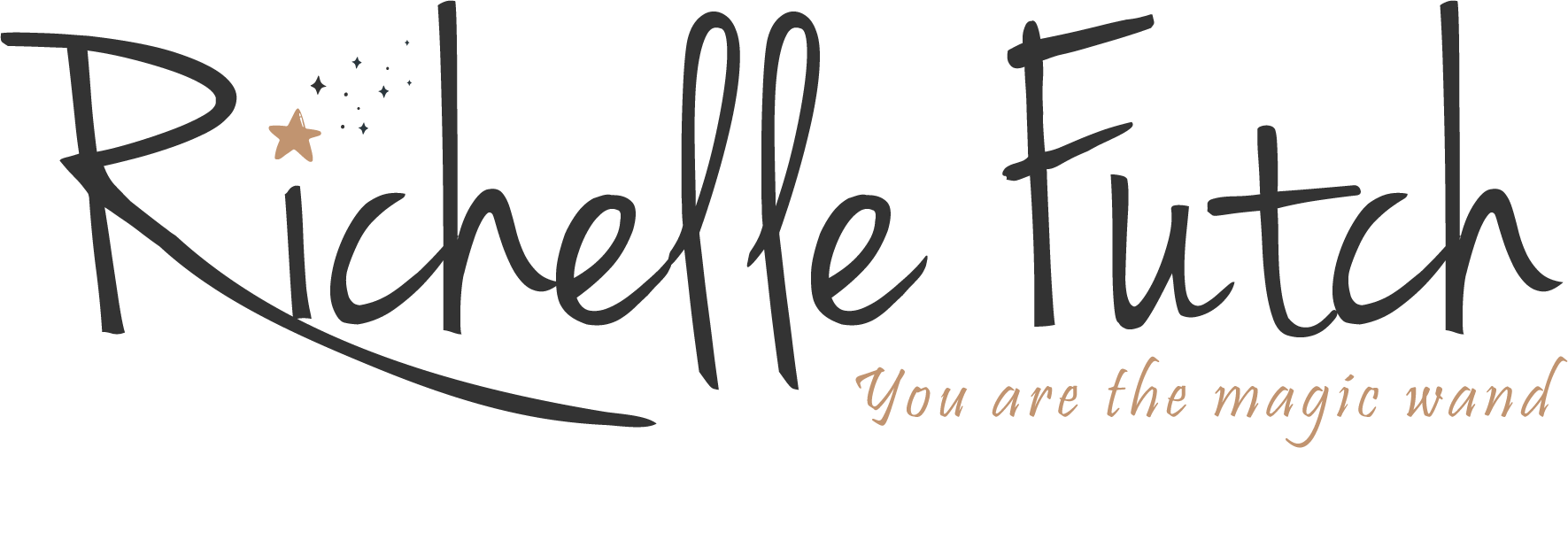DBT (Dialectic Behavior Therapy) is based on the point of view that destructive behaviors are the result of getting really upset (emotional dysregulation) or the attempt to avoid feeling really upset.
However, DBT is not just for people suffering with a diagnosed mental health disorder. In fact, many people without a mental health diagnosis struggle with emotions; and many people with other diagnosis also struggle with emotions.
Accordingly, DBT teaches clients how to deal with emotions and life stress in ways that avoid dysregulation and promote better relationships.
DBT targets specific behavior.
Specific treatment targets can only be met if the therapy program as a whole serves the following five functions:
- to Motivate clients (and families) (by reducing emotions, beliefs, and reinforcers conducive to dysfunctional behaviors)
- to increase clients’ capabilities and skills
- to ensure that new clients’ behaviors generalize to the natural environment
- to structure the environment to support both clients and therapists
- to improve therapists’ motivation and capability for conducting effective therapy.
The ability to address a particular function is crucial. DBT uses 4 modes to address each function. The arrangement of functions and modes in a DBT program determines who does what and when. (This means inpatient and outpatient functions may be met in different modes as long as all functions are met).
Common Modes are as follows:
- Individual Therapy
- Skills Training
- Milieu
- Consultation Teams
These modes serve our functions in the following:
I. Function: Improving Motivation to Change
By using: Mode: Individual Therapy
II. Function: Enhancing Capabilities
By using: Mode: Skills Training
III. Function: Ensuring Skills Generalization
By using: Mode: Individual Therapy, Milieu
IV. Function: Structuring the environment
By using: Mode: Training the Milieu (in treatment center, or your home for examples)
V. Functions: Enhancing Capabilities and Motivation of Therapist
By using: Mode: Consultation Team
Each mode is carried out through specific measures.
Each week the email I send to teach different skills serves to ensure our Function of enhancing capabilities is met. This is skill acquisition.
Many different skills are taught, which interweave and support one another to gradually help you develop lifestyles that work better for you and your loved ones.
There is no one magic bullet in DBT, but instead a large collection of techniques that collectively are powerful in helping you build “a life worth living”.
It is throughout the skills there will be found the fundamental balancing act (dialectic) between acceptance and change. Appearing again and again is the paradox that only through acceptance of what is can be found the means to change it. Seeing that as we usually exhaust ourselves in repetitive struggling against how things are, moving into acceptance is a change that opens new possibilities.
Remember skills training is a teaching portion used for an overall understanding of all skills and general application. It is not for individual counseling.
If you have not already completed a DBT course in your area, I recommend you try my 12 week DBT course. If you have completed a DBT skills training group, and would like to remain connected, consider joining my monthly subscription program where you get a live DBT course each week! <plus other cool things>. Both programs can be found at yourvirtualskillstrainer.com
I’d love to hear your thoughts, send me a message and share them with me!
I look forward to connecting with you






Leave A Comment